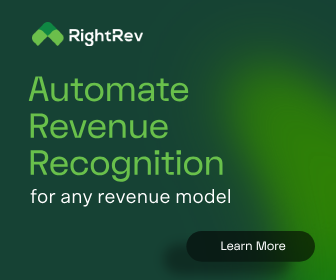As businesses struggle to recover from COVID-fueled lockdowns, controllers face a tumultuous road ahead. Cash flow is tight. Money isn’t coming in, and confidence is down. There are still a lot of hills to get over before states reopen, and your decisions could make or break the future of your company.
However, for those businesses who have taken a Paycheck Protection Program loan and are worried about the 75-percent-must-go-to-payroll stipulation, you may have a bit more flexibility on the horizon.
Background: Paycheck Protection Program
As we discussed in a recent blog, the Paycheck Protection Program includes billions in federally guaranteed small-business loans provided through a network of more than 800 banks. The Paycheck program provides eight weeks of cash-flow assistance to small businesses with 500 employees or fewer.
The low-interest loans are meant to cover payroll costs, paid sick leave, supply-chain disruptions, employee salaries, health-insurance premiums, and mortgage payments. But there’s more you should know—especially now that time has passed and much of the program has been exhausted.
Well, if you applied for a loan or had looked into the stipulations, you may have seen a few caveats, issues with the program, and challenges getting a loan altogether, something we discussed in a recent article.
Of these, one of the most notable was the requirement that at least 75% of the money needs to go towards payroll expenses, and the other 25% can go to rent, utilities, and interest on debt.
Paycheck Protection Flexibility Act Seeks to Reduce Threshold from 75% to 60%
On May 28, 2020, the House of Representatives announced the passage of a new bill designed to give controllers a bit more flexibility regarding how to spend this money.
Overview of H.R. 6886: Paycheck Program Flexibility Act
Titled the Paycheck Program Flexibility Act (H.R. 6886), this bipartisan act introduced on May 15 by Texas Republican Chip Roy passed 417-1 in the house and is headed to the Senate for a vote in early June.
According to CFO.com, the PPFA would reduce the proportion of the pandemic-response funds that small businesses have to spend on payroll, and it would delay requirements to rehire workers and repay loans.
Written to help financial executives at SMBs to gain flexibility while maintaining compliance, the bill “significantly increases small businesses’ ability to have their PPP loan fully forgiven,” according to chief executive officer of CPA.com, Erik Asgeirsson.
CNBC notes that the plan will:
- Reduce the share of aid money small business are required to spend on payroll from 75% to 60% (the PPP’s architects aimed to encourage companies to keep workers employed)
- Extend the window businesses have to use the funds from two months to six months
- Push back the deadline to rehire workers from June 30 to December 31.
- Extend the time recipients have to repay the loan from two years to five.
- Let companies that get loan forgiveness defer payroll taxes
An Uncertain Future: Senate Looking at Other Options
That said, despite overwhelming support in the House, there is still uncertainty that the bill passes in the Senate, who is reportedly looking at introducing PPP-based legislation with less pork.
Nation’s Restaurant News notes “House earlier this month passed a larger $3 trillion bill that would also have adjusted the PPP program, but Senate leaders have declined to take that legislation up. “
Senate Majority Leader Mitch McConnell has been seeking a bill with narrower scope than the current house resolutions, saying that states’ progress in restarting their economies in the coming weeks will help to inform what Congress does. McConnell is seeking to eliminate the $1 trillion in funding to states and municipalities, instead focusing money on funding the unemployment insurance.
“We need to make sure we have unemployment insurance properly funded for as long as we need,” noting that this funding is imperative as tens of millions of people lose paychecks.




